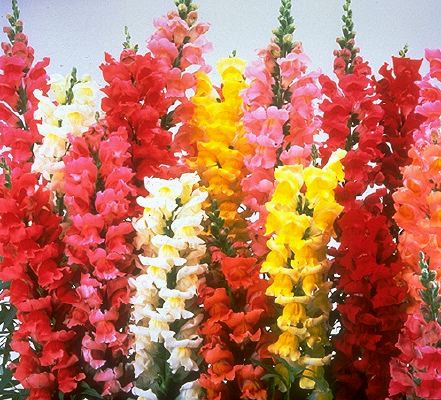Landscaping Back Yards for 4-Season Interest
Have you noticed that we are demanding more and more out of our landscapes? For the upscale, this may take the form of outdoor kitchens with all the amenities of home, or, perhaps, large in-ground swimming pools with Jacuzzis built right into them. For the average person, the trend is toward something a bit more modest: namely, landscaping back yards with an eye to all four seasons.
Modest, yes; unimportant, no. Since we use our properties year-round, why shouldn’t there be something to catch our attention at any time of year, even in the dead of winter? Something to gladden our hearts and put a twinkle in our eyes, so that our back yards continually delight us? That is the goal of landscaping back yards for 4-season interest.
1. You must discover when particular plants put on their best show.+++
2. And, based on this knowledge, you must aim for a planting plan that is “staggered.” That is, make sure your back yard doesn’t end up with a plethora of high-performers for the spring and summer displays, for instance, while quite neglecting the fall and winter displays. Instead, distribute the beauty across the four seasons, as equally as possible.
Landscaping back yards for 4-season interest begins by drawing a landscape plan. Trees and shrubs simply take up too much space for you to plant them haphazardly unless your property is very large. For smaller properties, it is better to allocate space for trees and shrubs in a methodical and disciplined manner, so that they don’t end up outgrowing their homes and causing you problems.
Consequently, tree and shrub selection must take into consideration the mature sizes of the plants. Other practical issues must also be addressed, such as the zone in which you live and the sun and soil requirements for the trees and shrubs that you have in mind.
Once you’ve researched the practical issues, you can give free rein to your more creative side. Again, the idea is to distribute the color that trees and shrubs offer across the four seasons, as equally as possible, so as to achieve year-round interest.
The Spring Season
By the time winter’s over, let’s face it: we want color, and we want it fast! Thus the popularity of one of the earliest blooming shrubs, forsythia. Forsythia blooms in early spring, well before many of the other flowering trees and shrubs.
Achieving color on the landscape in mid-spring generally isn’t a problem, since there are so many flowering trees and shrubs from which to choose. If you plan carefully, late spring needn’t take a backseat to April and early May, in terms of color. Lilacs are a long-time favorite that will bring color to the landscape in late spring. To supplement your lilacs, two other plants to consider are mountain laurels and hawthorns.
The Summer Season
In summer, the brilliant spring blooms on trees and shrubs give way to just plain old leaves. It can be a challenge to find any trees and shrubs that will bloom for a significant amount of time during the summer season. In the Southeastern U.S., the long blooming period of crape myrtle trees is a boon to summer landscaping. In the North, your savior is the long-blooming rose of Sharon, whose flowers conveniently hold off until the second half of the summer.
The Fall Season
While floral color reigns triumphant at the beginning of the growing season, at its end it is foliage color that is king. I have collected a number of resources on the best fall foliage trees, including the must-have maples, and the best shrubs and vines for fall color, but here I would like to draw your attention to two plants in particular that are useful — and overlooked — in extending the fall foliage season.
I love the exquisite harvest colors of autumn and feel the fall foliage season is too short-lived. To get a jump on the fall foliage display, plant sumac shrubs, which usher in the autumn season well before the maples. Sumac’s fall foliage will help bridge the gap between the last rose of Sharon bloom and the first hint of color on your maples.
But don’t stop there! The best color of the maples will be gone part way through October, so you also need a fall foliage specimen that takes the torch from the maples and carries it a bit closer to the winter season. Oak trees will do just that, albeit usually with less flare than the incomparable maple trees available to us.
The Winter Season
But alas, despite your best efforts to prolong the fall foliage season, winter will surely come, eventually. What then? What do you have to work with once the trees have dropped their leaves and the spring blooming period is still months away? Indeed, winter poses the greatest challenge to the goal of achieving year-round interest in your landscape.

